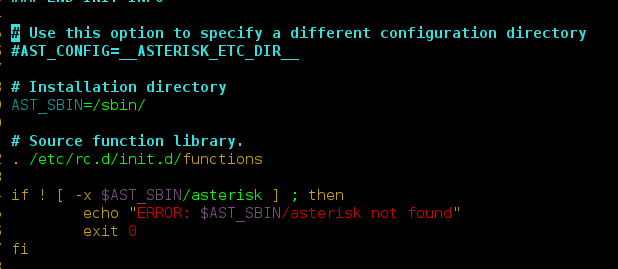In this article, we will discuss how to delete the last N rows from the NumPy array.
Method 1: Using Slice Operator
Slicing is an indexing operation that is used to iterate over an array.
Syntax: array_name[start:stop]
where start is the start is the index and stop is the last index.
We can also do negative slicing in Python. It is denoted by the below syntax.
Syntax: array_name[: -n]
where, n is the number of rows from last to be deleted.
Example1:
We are going to create an array with 6 rows and 3 columns and delete last N rows using slicing.
Python3
# importing numpy module import numpy as np # create an array with 6 rows and 3 columns a = np.array([[1, 2, 3], [4, 5, 6], [7, 8, 9], [10, 11, 12], [13, 14, 15], [16, 17, 18]]) print(a) # delete last 1 st row print("data after deleting last one row ", a[:-1]) # delete last 2 nd row print("data after deleting last two rows ", a[:-2]) # delete last 3 rd row print("data after deleting last theww rows ", a[:-3]) # delete last 4 th row print("data after deleting last four rows ", a[:-4]) # delete last 5 th row print("data after deleting last five rows ", a[:-5]) # delete last 6 th row print("data after deleting last six rows ", a[:-6]) |
Output:
Example 2:
We use for loop to iterate over the elements and use the slice operator, we are going to delete the data and then print the data.
Python3
# importing numpy module import numpy as np # create an array with 5 rows and # 4 columns a = np.array([[21, 7, 8, 9], [34, 10, 11, 12], [1, 3, 14, 15], [1, 6, 17, 18], [4, 5, 6, 7]]) # use for loop to iterate over the # elements for i in range(1, len(a)+1): print("Iteration No", i, "deleted", i, "Rows") print("Remaining data present in the array is\n ", a[:-i]) |
Output:
Example 3:
We can also specify the elements that we need and store them into another array variable using the slice operator. In this way, we will not get the last N rows (delete those).
Python3
# importing numpy module import numpy as np # create an array with 5 rows and # 4 columns a = np.array([[21, 7, 8, 9], [34, 10, 11, 12], [1, 3, 14, 15], [1, 6, 17, 18], [4, 5, 6, 7]]) # place first 2 rows in b variable # using slice operator b = a[:2] print(b) |
Output:
[[21 7 8 9] [34 10 11 12]]
Method 2: Using numpy.delete() method
It is used to delete the elements in a NumPy array based on the row number.
Syntax: numpy.delete(array_name,[rownumber1,rownumber2,.,rownumber n],axis)
Parameters:
- array_name is the name of the array.
- row numbers is the row values
- axis specifies row or column
- axis=0 specifies row
- axis=1 specifies column
Here we are going to delete the last rows so specify the rows numbers in the list.
Example 1: Delete last three rows
Python3
# importing numpy module import numpy as np # create an array with 5 rows and # 4 columns a = np.array([[21, 7, 8, 9], [34, 10, 11, 12], [1, 3, 14, 15], [1, 6, 17, 18], [4, 5, 6, 7]]) # delete last three rows # using numpy.delete a = np.delete(a, [2, 3, 4], 0) print(a) |
Output:
[[21 7 8 9] [34 10 11 12]]
Example 2: Delete all rows
Python3
# importing numpy module import numpy as np # create an array with 5 rows and 4 columns a = np.array([[21, 7, 8, 9], [34, 10, 11, 12], [1, 3, 14, 15], [1, 6, 17, 18], [4, 5, 6, 7]]) # delete last three rows # using numpy.delete a = np.delete(a, [0, 1, 2, 3, 4], 0) print(a) |
Output:
[ ]






